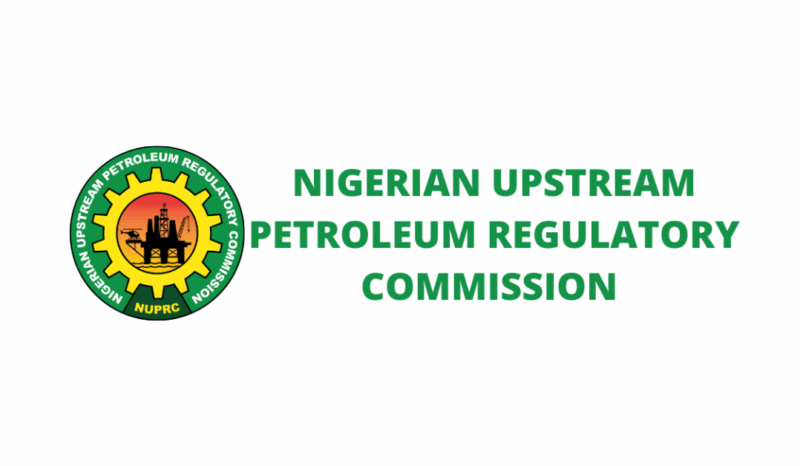1
LAGOS – Nigeria’s crude oil production took another hit in September 2025, falling to its lowest level in seven months amid a combination of industrial action, facility shutdowns, and global market headwinds that threaten the country’s fiscal stability.
According to the latest data from the Nigerian Upstream Petroleum Regulatory Commission (NUPRC), average daily crude oil production slipped to 1.39 million barrels per day (mb/d) in September—excluding condensates—marking a second consecutive monthly decline. The figure represents the weakest output since February 2024, when production was 1.32mb/d.
When condensates of around 0.19mb/d are included, total liquid hydrocarbon output for the month stood at 1.58mb/d. Still, this remains well below the government’s target of 2.06mb/d set in the 2025 federal budget.
NUPRC attributed the decline primarily to a three-day strike by the Petroleum and Natural Gas Senior Staff Association of Nigeria (PENGASSAN), which disrupted activities across multiple export terminals. The strike, combined with scheduled maintenance work at key facilities and unplanned shutdowns at several production and export points, curtailed output across major fields.
“The decline in September’s production figures largely reflects temporary disruptions across the upstream segment,” a NUPRC official familiar with the data said.
“While some of these factors were short-term, the cumulative impact was significant enough to drag overall national output.”
Among the affected terminals, Forcados, operated by Shell Petroleum Development Company (SPDC), recorded the steepest drop. Daily crude output from the terminal plunged to 1.47mb/d, underscoring the magnitude of operational bottlenecks facing Nigeria’s most productive export routes.
The Forcados system has long been critical to Nigeria’s crude export profile, handling volumes from multiple joint venture partners and independent producers. Frequent disruptions—whether from leaks, vandalism, or maintenance—have historically translated into sizable losses in national production.
The persistent shortfall in production has raised fresh concerns about Nigeria’s ability to meet its 2025 fiscal projections, which are heavily dependent on crude oil revenue. Over the first nine months of the year, the country’s average output stood at 1.67mb/d, significantly below the government’s benchmark of 2.06mb/d.
This gap between actual and projected output not only threatens fiscal performance but also constrains Nigeria’s foreign exchange inflows, which are still largely oil-dependent despite ongoing diversification efforts.
Economists warn that the implications could be far-reaching. “Each barrel lost translates into real fiscal pressure,” said Johnson Chukwu, CEO of Cowry Asset Management. “With oil accounting for the bulk of Nigeria’s foreign exchange and a large share of government revenue, any sustained production deficit means less funding for critical infrastructure and higher borrowing needs.”
Chukwu added that even with the Central Bank of Nigeria’s (CBN) ongoing reforms aimed at stabilising the naira, weaker oil inflows could slow reserve accretion and put fresh strain on the currency in the medium term.
Nigeria’s production woes come at a time when the global oil market is grappling with its own set of challenges. A bearish turn in prices, triggered by OPEC+’s decision to raise production targets, has sparked oversupply concerns, dampening investor sentiment across oil-dependent economies.
Brent crude, which had traded above $90 per barrel earlier in the year, has recently slipped below $80 amid renewed fears of supply glut and slower global demand recovery.
Analysts say the current market dynamics could complicate Nigeria’s fiscal outlook, especially if prices remain under pressure.
“Global oil prices are facing downward momentum at precisely the wrong time for Nigeria,” said Razia Khan, Chief Economist for Africa and Middle East at Standard Chartered. “The combination of lower volumes and softer prices means weaker fiscal buffers and less room for policy manoeuvre.”
Adding to the uncertainty are lingering geopolitical risks. Although trade tensions between the United States and China have temporarily eased, analysts caution that unresolved disputes could re-escalate, further dampening global demand for crude oil.
Nigeria’s oil sector had shown signs of recovery earlier in the year, with production inching closer to 1.7mb/d between March and June following improved pipeline surveillance and reduced vandalism in the Niger Delta. However, that fragile recovery appears to be faltering again.
Industry sources say that beyond temporary disruptions, structural challenges persist— ranging from aging infrastructure to delays in joint venture cash calls and security concerns along key pipeline routes.
“The strike was just a spark,” noted an industry executive who requested anonymity. “The deeper problem is that Nigeria’s upstream infrastructure is old and vulnerable. Maintenance schedules often overlap with production windows, and when you add industrial unrest, the cumulative effect is damaging.”
The executive added that restoring production to budgeted levels would require sustained investment, improved industrial relations, and faster implementation of reforms under the Petroleum Industry Act (PIA), which aims to enhance regulatory stability and attract fresh capital into the sector.
For a country where oil receipts still account for over 70 percent of export earnings, a prolonged dip in production could strain fiscal and external positions. Analysts warn that without a rebound in output, the Federal Government could face a wider budget deficit and increased borrowing pressure in the final quarter of 2025.
Lower oil output also means fewer inflows into the Federation Account Allocation Committee (FAAC), which distributes revenue to federal, state, and local governments. This could complicate subnational budgeting and delay critical infrastructure spending across the country.
Meanwhile, the external reserves—currently hovering around $42 billion, according to recent CBN data—could come under renewed pressure if oil exports and prices remain weak through the last quarter of the year.
“Foreign exchange liquidity has improved modestly due to CBN reforms, but it remains highly sensitive to oil market performance,” said Ayodele Akinwunmi, Senior Relationship Manager at FSDH Merchant Bank. “A combination of lower production and subdued oil prices could reverse the gains achieved in recent months.”








